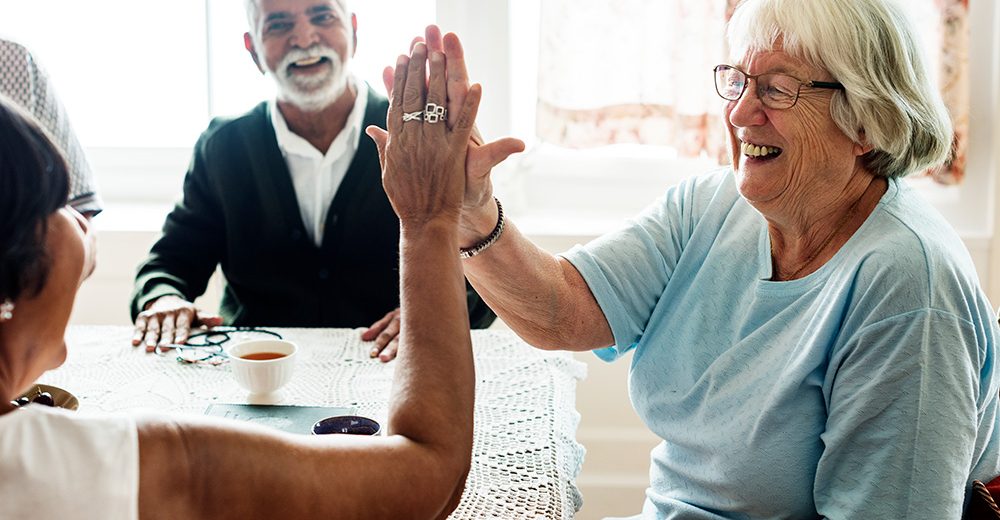The global population is aging, and as a result, the need for quality healthcare for seniors is increasing. However, access to healthcare for elderly people is often limited due to mobility issues, lack of transportation, or living in remote areas. Telehealth, the use of technology to provide healthcare services remotely, has emerged as a solution to these challenges and has revolutionized the way healthcare is delivered to seniors.
Telehealth services have made it possible for elderly people to receive medical care from the comfort of their own homes. With the help of telehealth, seniors can easily consult with healthcare providers, monitor their health conditions, and manage their medications without the need for physical visits to healthcare facilities. Telehealth has become especially important during the COVID-19 pandemic, as it reduces the risk of exposure to the virus for both elderly patients and healthcare providers.
One of the biggest advantages of telehealth in elderly care is its convenience. Elderly patients can access healthcare services from anywhere, at any time, with just a few clicks on a computer or a phone call. This is especially beneficial for seniors with mobility issues or those who live in remote areas, where access to healthcare services is limited. With telehealth, seniors can receive the care they need without having to travel long distances, which can be physically taxing and financially burdensome.
Telehealth has also improved the quality of care for seniors by enabling healthcare providers to monitor their patients’ health conditions more closely. With the help of remote monitoring devices, healthcare providers can track vital signs, such as blood pressure, blood sugar, and heart rate, and adjust treatment plans accordingly. This ensures that seniors receive personalized care and that their health conditions are managed effectively.
Moreover, telehealth has also made it easier for seniors to manage their medications. With the help of medication management tools, healthcare providers can help seniors adhere to their medication schedules and ensure that they are taking the right dosages at the right times. This has helped to prevent medication errors, which can be life-threatening, especially for seniors.
However, there are some challenges associated with telehealth in elderly care. One of the biggest challenges is the lack of technological literacy among seniors. Many seniors are not familiar with the technology used in telehealth services, which can make it difficult for them to access healthcare services remotely. Healthcare providers need to provide adequate training and support to seniors to ensure that they can use telehealth services effectively.
Another challenge is the lack of reimbursement for telehealth services. Currently, many insurance providers do not cover telehealth services, which can make it difficult for seniors who cannot afford to pay for these services out of pocket. Healthcare providers and policymakers need to work together to ensure that telehealth services are reimbursed adequately and that they are accessible to all seniors, regardless of their financial situation.
In conclusion, telehealth has emerged as a powerful tool for improving access to healthcare for seniors. With its convenience, remote monitoring capabilities, and medication management tools, telehealth has revolutionized the way healthcare is delivered to elderly patients. However, there are still some challenges that need to be addressed to ensure that telehealth services are accessible to all seniors. By working together, healthcare providers, policymakers, and insurance providers can ensure that telehealth remains an integral part of elderly care and that seniors receive the quality healthcare they need and deserve.

